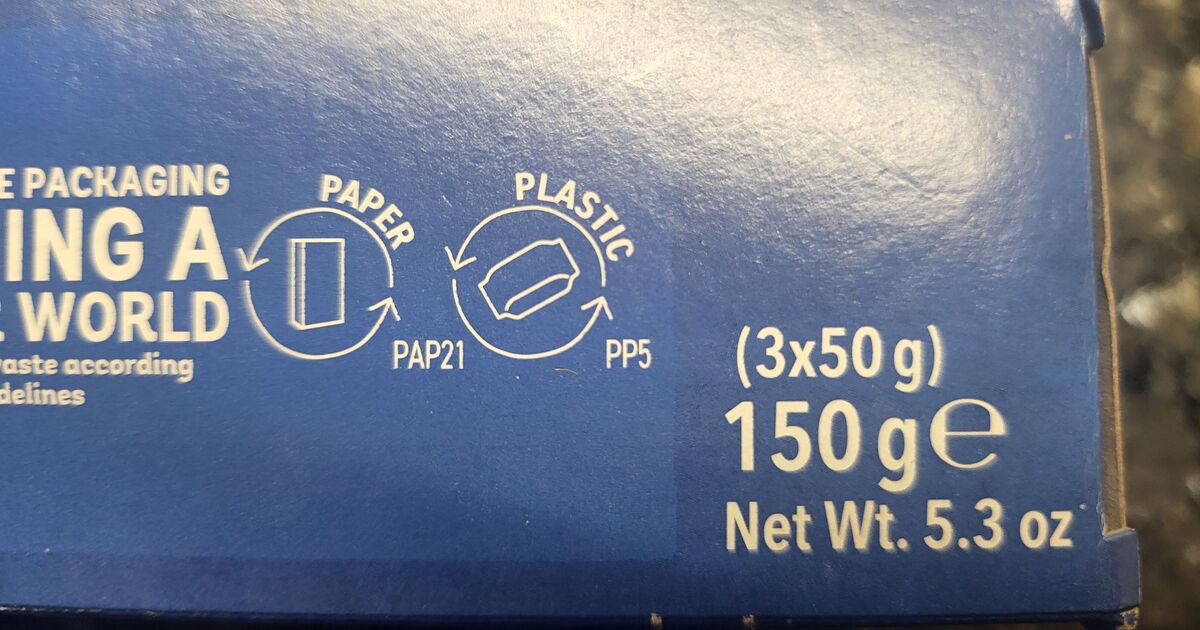It’s a little letter printed on millions of food items sold in Tesco, Aldi, Asda and Sainsbury’s or Morrisons every day but people are only just realising what the ‘e’ symbol really means.
Along with the weight, the barcode and the copyright logos, the little lower case ‘e’ symbol is one of those pieces of information we’re so used to seeing printed on everything that we don’t tend to even clock it’s there any more.
But as one mum who bought some crisps once discovered, the symbol actually means ‘estimated’.
The estimation is the weight inside the product, and it basically means that manufacturers don’t weigh every single packet they sell individually, but they simply set up their production lines so that the vast majority of items sold meet the weight criteria on the packet, on average.
One mum bought a bag of crisps from Aldi which was labelled as 230g but was horrified to find out they were just 139g.
She said: “More than two-thirds of the packet was air – hence why I decided to check it… I put the whole bag with chips in it on the scales first and it was 157g.”
The e mark is not mandatory, but printing it on a packet allows the manufacturer to sell them in any EU country without having to meet any other specific national requirements and complies with EU rules on weight.
Yes, it’s an EU rule, but it is used worldwide including in Australia and the UK.
The EU’s Your Europe explains: “The ℮-mark is not mandatory. However, having it affixed to your products enables you to sell them in all EU countries without having to check whether you have complied with individual national requirements. The ℮-mark shows that a product complies with EU rules on the indication of the volume or weight and the measuring methods that you must use as a seller of prepackaged products.
“To ensure that the quantity displayed is correct, ℮-marked packages must fulfil the following requirements: the average quantity of product in packages coming from the same batch must be equal to or greater than the quantity mentioned on the package.
“Only a limited proportion of the prepackaged products from the same batch may have a smaller amount of product than indicated on the package. This is referred to as “tolerable negative error” and it is set in the annex 1 of the EU legislation.”
So in effect, the odd bag of crisps or packet of biscuits can legally be underweight with the e symbol, but if it happens every time, then it’s breaking the law.












